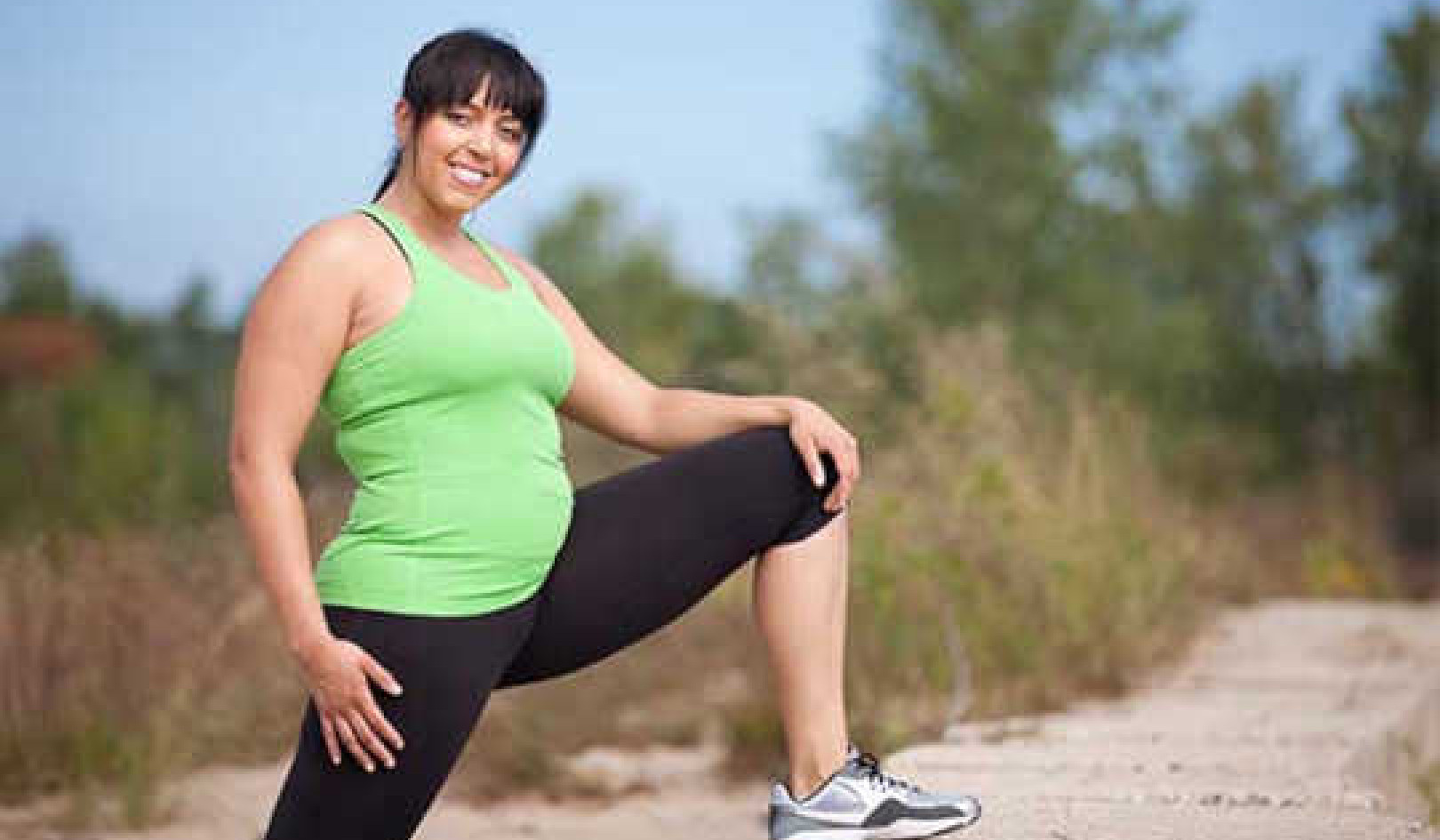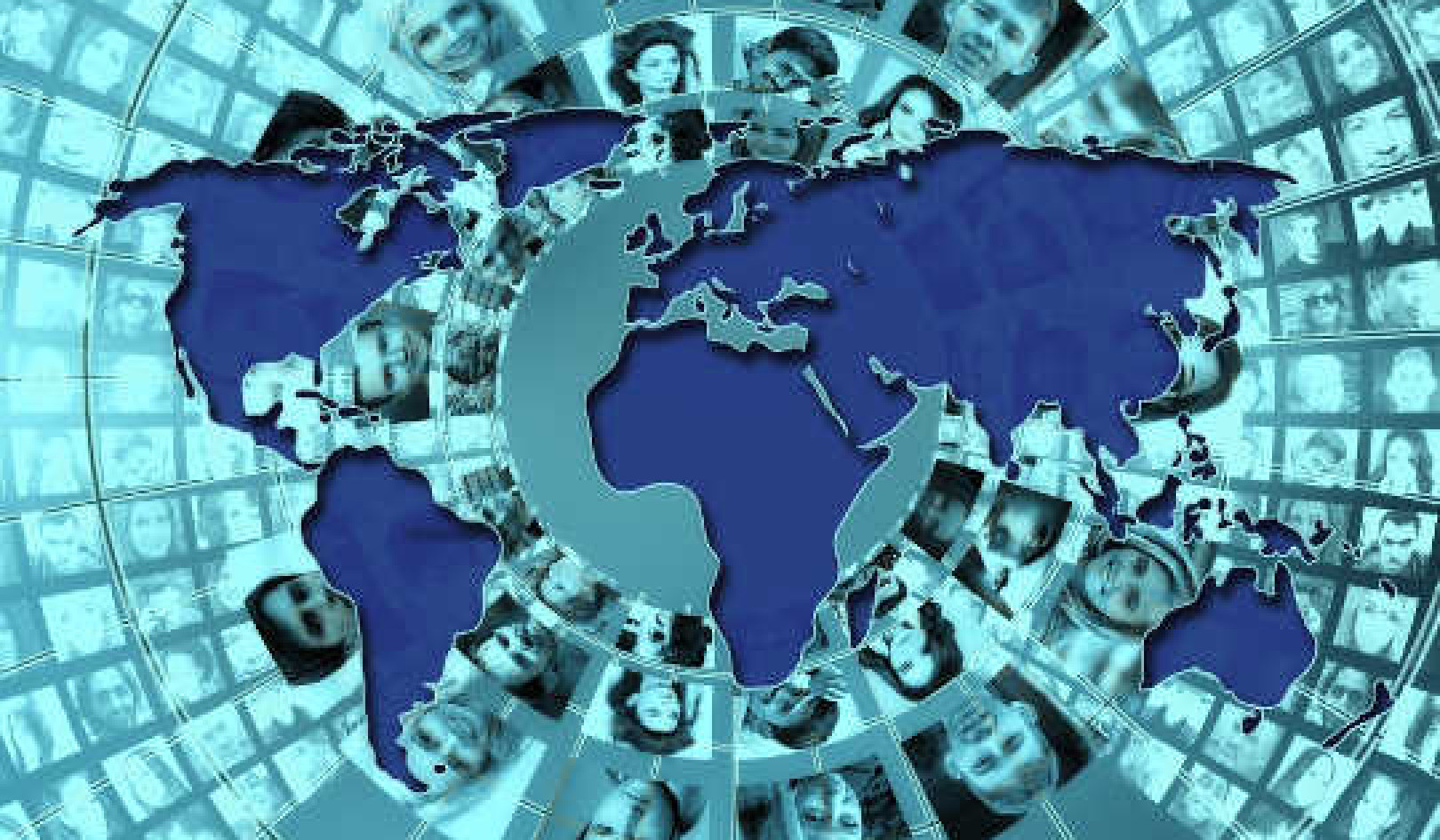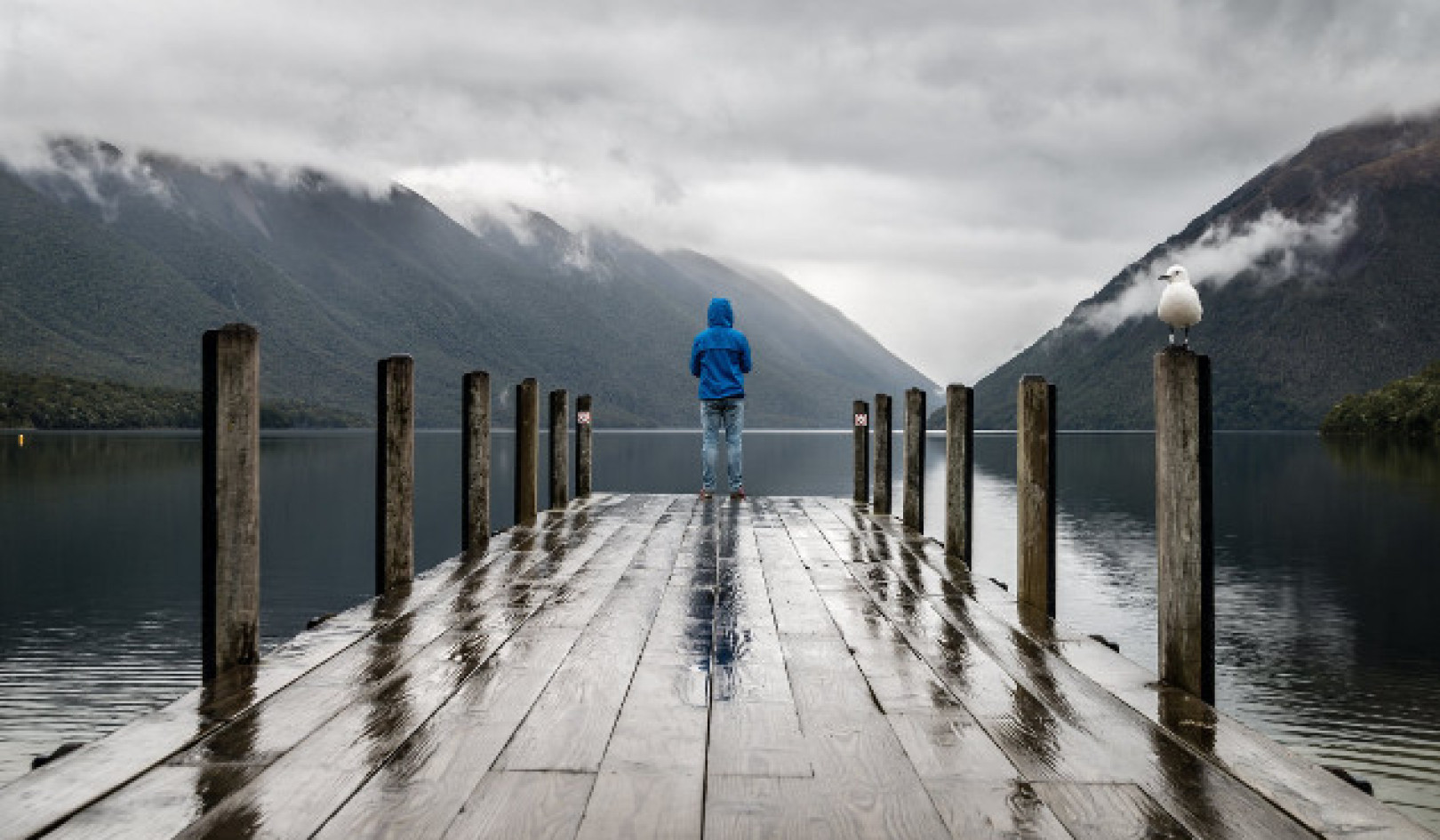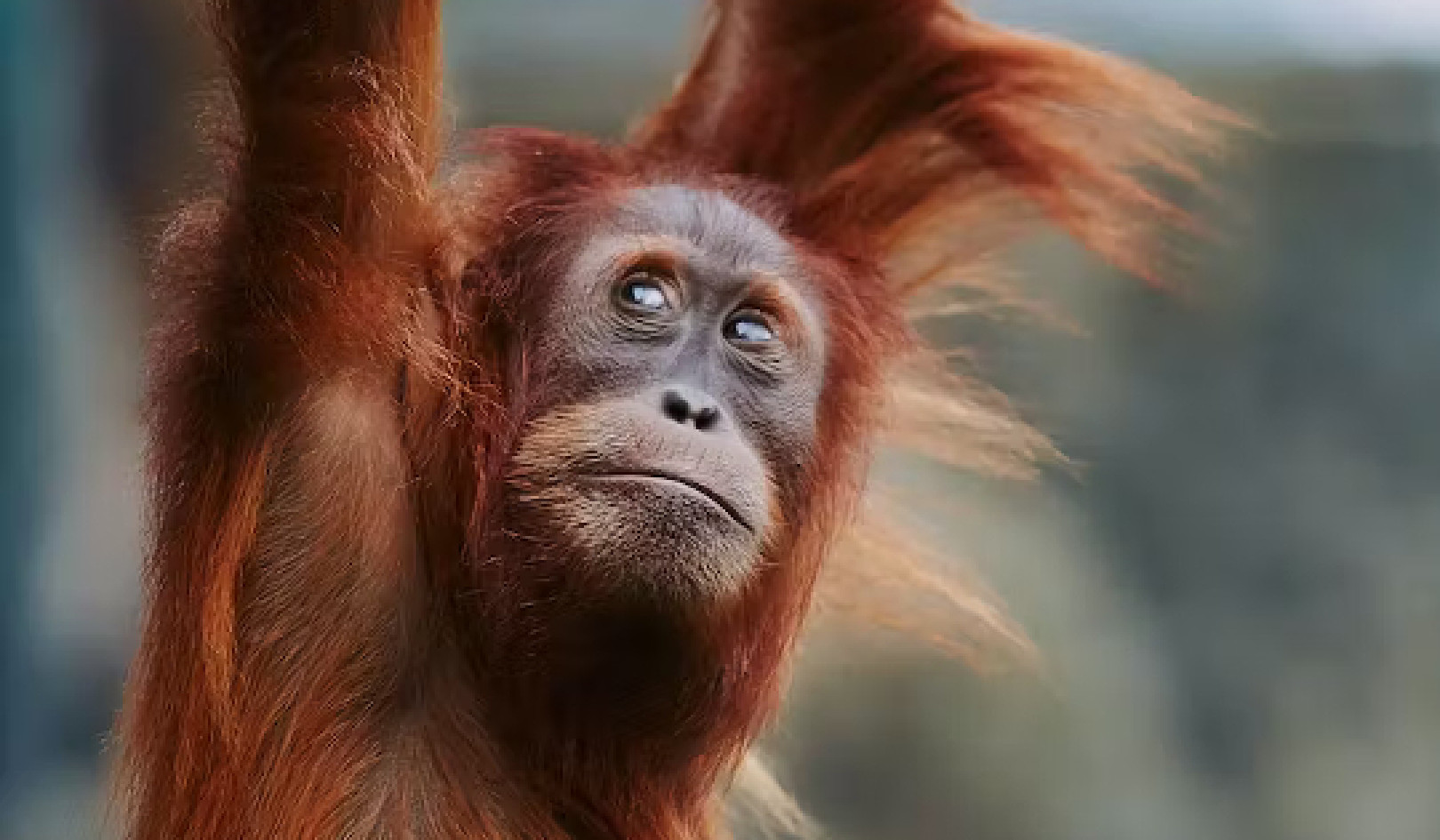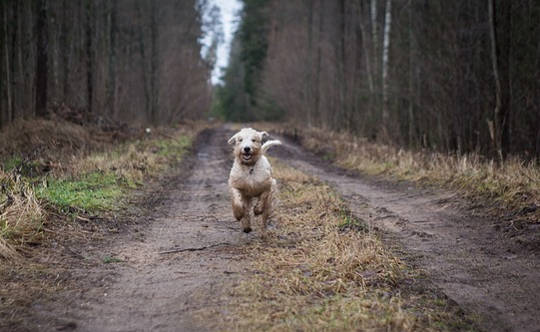
We need the tonic of wildness. . .
we can never have enough of nature.
-- HENRY DAVID THOREAU,
WALDEN: OR, LIFE IN THE WOODS
The natural world is our natural home. This may sound obvious, but to many it’s a forgotten truth.
Increasingly, people live in concrete rooms hooked up to screens, far removed from the natural world and its rhythms. The fallout from this disconnected life is further exacerbated by the superficiality of the digital world that makes up our second life.
There is so much drawing us away from the grounding and nourishing world around us. But no matter how cut off we may feel, or how far into our own darkness we fall, the sun always rises with the possibilities of the day ahead.
Our Innate Bond with the Natural World
The innate bond we have with the natural world is always within us, no matter how strong our sense of estrangement. It can be felt again in a moment; all that we must do is step outside.
When was the last time you lay down in the grass? Gazed up through a canopy of trees at the vast sky above you?
In his 1984 book Biophilia, biologist E. O. Wilson puts forward a hypothesis that we have a hereditary urge to connect with nature. He believes this is the result of biological evolution, a throwback from a time when those who communed with nature survived longer than those who did not. This genetic predisposition to prosper from the outdoors remains alive within our DNA today and is central to the ethos of DRT.
We Belong In Nature
Nature has the power to heal and nurture us. But for this to happen we need to spend time in parks and fields, on beaches and mountains. Even in the most industrial, built-up city you can find a pocket where the natural world thrives.
Revel in nature wherever you can find it and soon enough you will see and feel the benefits to your body and mind as they become more attuned with your natural habitat. Glenn Albrecht, Professor of Sustainability at Murdoch University in Western Australia, coined the term ‘eutierria’ to describe the euphoria we feel when the distinction between ourselves and our environment falls away, and for a moment we become one with the planet.
The Swiss adventurer and explorer Sarah Marquis speaks of a moment like this as she opened her tent one morning in the Gobi Desert:
I was the wind, I was the sand, I lost my identity as a human, flesh- wise. Past that point you don’t distinguish yourself from nature. We don’t understand nature any more but it is where we belong.
Nature Has Incredible Healing Powers
Environmental psychologist Roger Ulrich published a ground-breaking study which concluded that patients recovering from surgery in rooms that overlooked nature required less pain medication, suffered fewer complications and were discharged sooner than those in rooms facing brick walls. When it comes to mental and physical health, research reveals again and again how healing Mother Nature can be.
The good news is that all that is needed to restore this natural balance is readily available exposure to the outside. Find a path through a wood, a mountain top, a local park or perhaps even your back garden.
The Japanese call the practice of going to the woods to heal shinrin-yoku, or forest-bathing. Scientifically proven benefits of shinrin-yoku include:
- boosted immune system functioning
- reduced blood pressure
- reduced stress
- improved mood
- increased ability to focus, even in children with ADHD
- accelerated recovery from surgery or illness
- improved sleep patterns
- deeper and clearer intuition
- increased energy level and flow
- increased capacity to communicate with the land and its species.
Find somewhere, anywhere, and breathe. Take a bus to get there if needs be. Better still, walk there. Now notice the world around you – smell it and touch it. Sit down and listen to it. Take a moment to enjoy the simple pleasure of being. And be aware that Mother Nature is busy at work on your mind and body, reducing your heart rate, stress levels and blood pressure.
©2017 William Pullen. All Rights Reserved.
Reprinted with permission, Penguin Life/Penguin Random House
global.penguinrandomhouse.com
Article Source
Running with Mindfulness: Dynamic Running Therapy (DRT) to Improve Low-mood, Anxiety, Stress, and Depression
(Originally released under the title "Run For Your Life: Mindful Running for a Happy Life")
by William Pullen
 Letting your mind wander as you take a long walk, a slow jog, or a brisk run can give you a powerful, uplifting feeling. Some call it a runner’s high, others attribute it to endorphins. In this interactive workbook, psychotherapist William Pullen teaches you how to channel that exhilarating energy and use it to make positive change in your life. Using a combination of mindfulness, focused questions, and exercise, Dynamic Running Therapy (DRT) has proven to be a simple, intuitive, effective, and therapeutic method for managing stress, trauma, anxiety, anger, depression, and other conditions.
Letting your mind wander as you take a long walk, a slow jog, or a brisk run can give you a powerful, uplifting feeling. Some call it a runner’s high, others attribute it to endorphins. In this interactive workbook, psychotherapist William Pullen teaches you how to channel that exhilarating energy and use it to make positive change in your life. Using a combination of mindfulness, focused questions, and exercise, Dynamic Running Therapy (DRT) has proven to be a simple, intuitive, effective, and therapeutic method for managing stress, trauma, anxiety, anger, depression, and other conditions.
Click here for more info and/or to order this paperback book or purchase the Kindle edition.
About the Author
 William Pullen is the founder of Dynamic Running Therapy and a psychotherapist registered with the British Association for Counselling and Psychotherapy. He practices Integrative therapy and specializes in the treatment of depression, anxiety, problems of self-esteem and confidence, and substance abuse. He has featured in publications such as Vogue, The Independent and GQ.
William Pullen is the founder of Dynamic Running Therapy and a psychotherapist registered with the British Association for Counselling and Psychotherapy. He practices Integrative therapy and specializes in the treatment of depression, anxiety, problems of self-esteem and confidence, and substance abuse. He has featured in publications such as Vogue, The Independent and GQ.
Related Books
at

Thanks for visiting InnerSelf.com, where there are 20,000+ life-altering articles promoting "New Attitudes and New Possibilities." All articles are translated into 30+ languages. Subscribe to InnerSelf Magazine, published weekly, and Marie T Russell's Daily Inspiration. InnerSelf Magazine has been published since 1985.

Thanks for visiting InnerSelf.com, where there are 20,000+ life-altering articles promoting "New Attitudes and New Possibilities." All articles are translated into 30+ languages. Subscribe to InnerSelf Magazine, published weekly, and Marie T Russell's Daily Inspiration. InnerSelf Magazine has been published since 1985.



















